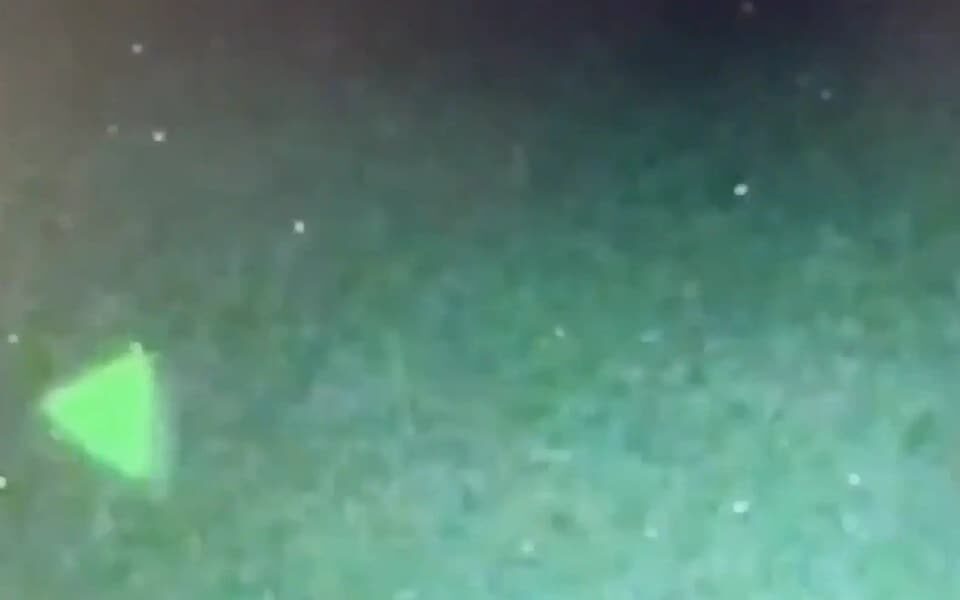Sean Kirkpatrick, head of the Pentagon's All-domain Anomaly Resolution Office (AARO), has claimed in a new academic paper that the objects, which appear to defy all physics, could be "probes" from an extra-terrestrial "parent craft".
The draft paper, co-authored by Harvard professor Avi Loeb and seen by Politico, that interstellar objects such as the cigar-shaped "Oumuamua" that scientists spotted flying through the galaxy in 2017 "could potentially be a parent craft that releases many small probes during its close passage to Earth."
The authors compare the probes to "dandelion seeds" that could be separated from the parent craft by the sun's gravitational force. The probes could use starlight to "charge their batteries" and the Earth's water as fuel.
"Habitable planets would be particularly appealing to extra-terrestrial trans-medium probes, capable of moving between space, air and water," the authors write in the paper dated March 7.
"From a large distance, Venus, Earth or Mars would be equally attractive for probes. But upon closer inspection, Earth would show spectral signatures of liquid water and vegetation."
The paper, which has not yet been peer viewed, demonstrates that the Pentagon is open to scientific debate of the origins of UFOs, Politico reports, an important signal to send to the academic world.
Comment: Why now, one might ask.
Professor Loeb has a privately funded academic effort to look for UFOs called The Galileo Project.
He and Mr Kirkpatrick, himself a respected scientist who has worked in the Department of Defence and US Space Command, speculate on the motive for aliens to send exploratory probes to Earth.
"What would be the overarching purpose of the journey? In analogy with actual dandelion seeds, the probes could propagate the blueprint of their senders," the authors write. "As with biological seeds, the raw materials on the planet's surface could also be used by them as nutrients for self-replication or simply scientific exploration."
AARO was set up last summer and has already received hundreds of reports of unidentified anomalous phenomena (UAPs).
The office works with other federal agencies to detect objects of interest near military installations or other areas of interest and is required to report regularly to Congress.
Interest in UFOs has peaked in recent weeks after the US shot down what it described as a large Chinese spy balloon that entered American airspace. American jet fighters then shot down three unidentified flying objects, two in the US and one over Canadian airspace in quick succession.
The incidents triggered the Pentagon to begin looking more closely at other airborne objects.
David Jewitt, a professor of astronomy at the University of California Los Angeles, however, said some of the claims in the paper are "highly questionable" and called the fact that Mr Kirkpatrick is a co-author "odd".
"The Air Force is very good at bombing things, but as far as their research on UFOs, I think I'd trust them about as far as I can throw them," Mr Jewitt told the website.
"It's not clear that the Air Force and military capabilities are best suited to the study of aliens."




More spin to follow soon.
3 card Monte, Aliens, China, Russia.
It's neither of course. The so called God's of old, never went away, they are still here and there is lot's of evidence for that and their deceptive tactics.